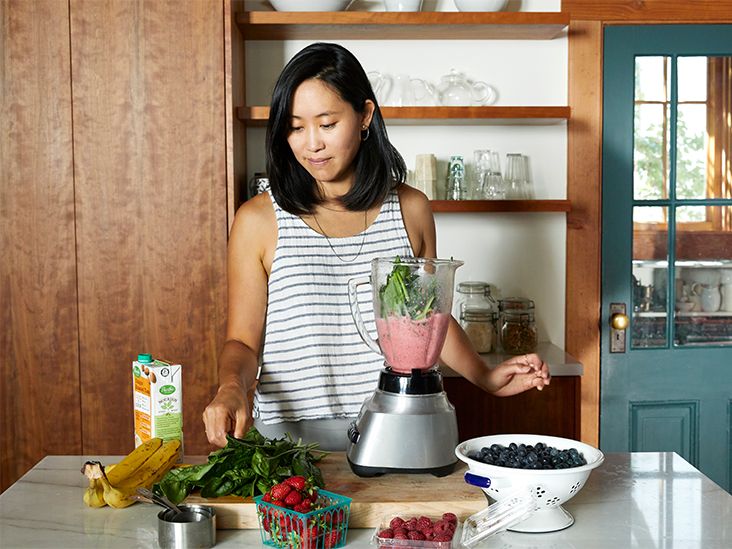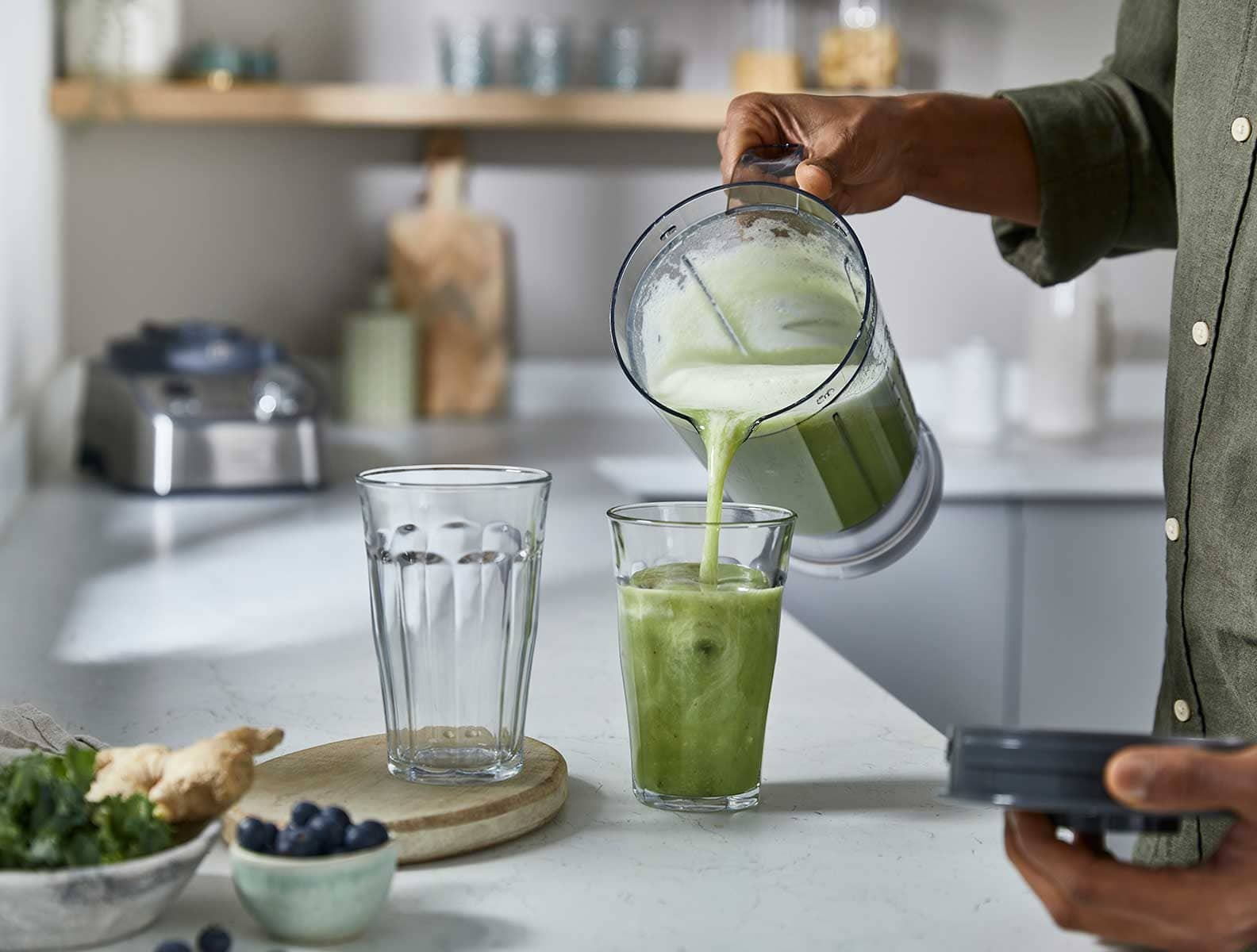Choosing between a blender and an immersion blender can sometimes be confusing, especially for food enthusiasts eager to enhance their culinary experiences. Both appliances have their unique features and uses, making them indispensable tools in the kitchen. Whether you are preparing smoothies, soups, or sauces, understanding the differences between these two can help you make the right choice for your cooking needs.

Understanding the Basic Differences
At first glance, a blender and an immersion blender might seem to serve the same purpose, but they are designed for different tasks. A traditional countertop blender is typically used for larger batches and can handle tougher blending jobs. On the other hand, an immersion blender, also known as a hand blender, is perfect for smaller tasks and offers convenience and portability.
Design and Functionality
The design is one of the most notable differences. A blender usually consists of a jar with blades at the bottom, while an immersion blender is handheld and can be directly immersed in a pot or bowl. This means that immersion blenders are easier to clean and store, making them suitable for quick blending tasks.
Performance and Versatility
When it comes to performance, blenders are typically more powerful and can blend a wide range of ingredients, from ice to nuts, making them ideal for smoothies, purees, and frozen drinks. In contrast, immersion blenders are best for blending soups, sauces, and small quantities directly in their cooking pots.
Ease of Use and Cleaning
Ease of use is a significant factor to consider. Immersion blenders are straightforward to use, with a simple on and off button and variable speed settings. They are also easy to clean as they usually have detachable parts that can be washed in the dishwasher. On the other hand, cleaning a blender involves more effort as the jar and blades need to be cleaned separately.
Cost Considerations
Cost is another aspect where these two differ. Generally, immersion blenders are more affordable than traditional blenders. This makes them an attractive option for those on a budget or those who do not require the full capabilities of a high-powered blender.
Space and Storage
If space is a concern in your kitchen, an immersion blender is the better choice. Its compact size means it can be stored easily in a drawer or cabinet, whereas a blender needs more counter or cabinet space due to its larger size.
Choosing the Right Appliance for You
Your choice between a blender and an immersion blender depends largely on your cooking habits. If you frequently make large batches of smoothies or need a powerful appliance for tough blending tasks, a traditional blender is the way to go. However, if you prefer convenience and quick blending tasks, an immersion blender is ideal.
Cooking Style and Frequency
Consider your cooking style and how often you will use the appliance. For example, an immersion blender is perfect for those who often make soups or sauces and need a quick blending tool. In contrast, a blender is better suited for those who regularly prepare smoothies or frozen drinks.
Popular Recipes for Each Appliance
To help you decide, consider the types of recipes you can make with each appliance. For instance, a Greek Casserole recipe can be prepared using a blender to blend the sauce ingredients smoothly. Alternatively, an Asian-Inspired Casserole can benefit from the quick blending of an immersion blender.
Conclusion: Making the Right Choice
Ultimately, the decision between a blender and an immersion blender comes down to your specific needs and preferences. Both appliances have their strengths and can significantly enhance your cooking experience. By understanding their differences and capabilities, you can choose the one that best fits your culinary style.
Further Reading
If you want to delve deeper into the uses of these appliances, check out this article on Epicurious for more insights on immersion blenders.

FAQs
1. Can an immersion blender replace a regular blender?
While an immersion blender is versatile, it cannot entirely replace a regular blender. Each has its unique uses, and having both can be beneficial.
2. What is the best use for an immersion blender?
An immersion blender is best for tasks like pureeing soups and sauces directly in the pot without transferring them to a separate container.
3. How do I clean an immersion blender?
Cleaning an immersion blender is easy. Detach the blending shaft and wash it with warm soapy water or place it in the dishwasher if it is dishwasher-safe.
This article contains affiliate links. We may earn a commission at no extra cost to you.

